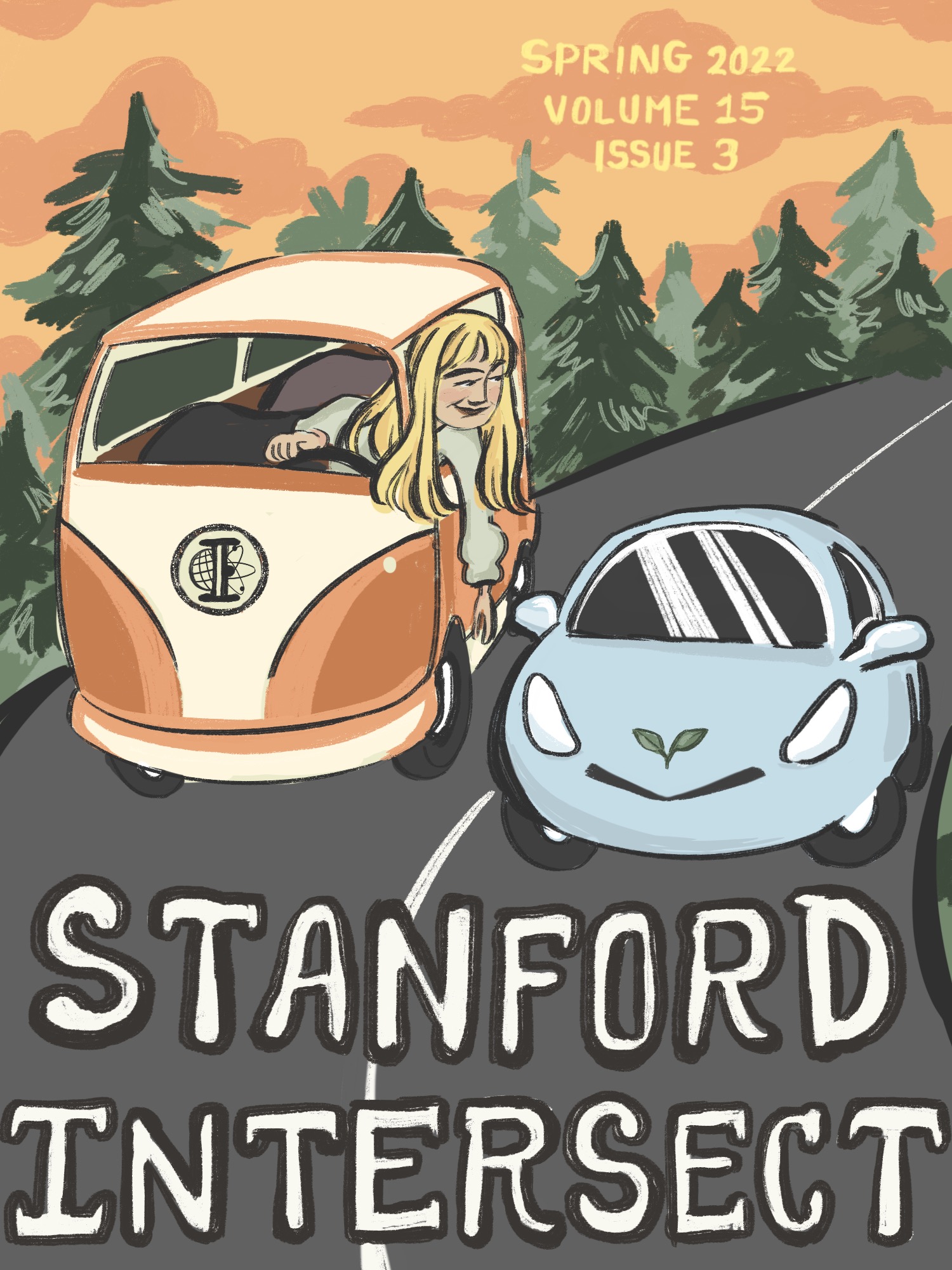Face Value: How Human Influence Plays a Role in Perpetuating Bias Within Human-Algorithm Interactions
Abstract
Bias is an inevitable part of the human experience, and it shapes how we think and behave. Unfortunately, bias is not beneficial in many situations. When humans interact with technology, they tend to translate this bias across each exchange. Algorithms, which do not have the privilege of understanding the consequences of bias, may then exacerbate the issue and establish a positive feedback loop that continues to discriminate against certain groups of people. With the increase in human-computer interactions, then, comes an increased need to address this issue. In this study, using a qualitative methodology incorporating the synthesis of past research, I analyze the role of human influence as a designer and as a user and discuss the impact each has on the feedback loop with a particular focus on the recidivism score algorithm COMPAS. I discovered that both explicit designer choice and intrinsic underrepresentation of certain groups in past research play a part in designer influence, while users can influence bias through how they interpret algorithmic results (in which they are either unaware of the issue or value convenience over objectivity). The complex nature of this situation, however, must still be taken into account; there is no single, conclusive reason for human behavior in these interactions, and this study should not determine one perspective as more valid than the other. In that manner, a reasonable way to begin addressing this issue is by first addressing its overarching theme—the lack of careful thinking surrounding algorithmic influence and interpretation.
Downloads
Published
Issue
Section
License
Copyright (c) 2022 Intersect: The Stanford Journal of Science, Technology, and Society

This work is licensed under a Creative Commons Attribution-NonCommercial-NoDerivatives 4.0 International License.
Authors who publish with this journal agree to the following terms:- Authors retain copyright and grant the journal right of first publication with the work simultaneously licensed under a Creative Commons Attribution License that allows others to share the work with an acknowledgement of the work's authorship and initial publication in this journal.
- Authors are able to enter into separate, additional contractual arrangements for the non-exclusive distribution of the journal's published version of the work (e.g., post it to an institutional repository or publish it in a book), with an acknowledgement of its initial publication in this journal.
- Authors are permitted and encouraged to post their work online (e.g., in institutional repositories or on their website) prior to and during the submission process, as it can lead to productive exchanges, as well as earlier and greater citation of published work (See The Effect of Open Access).

